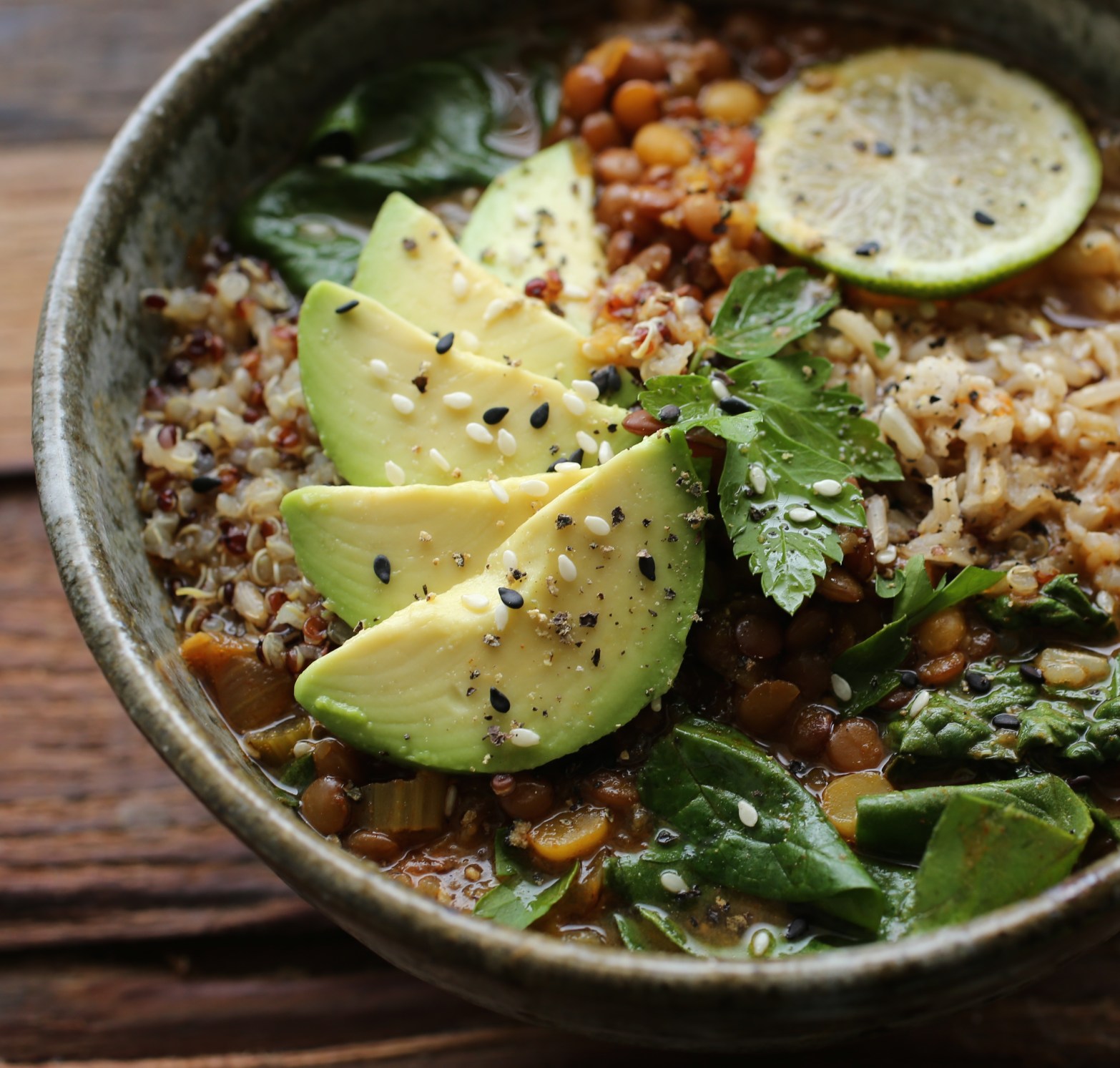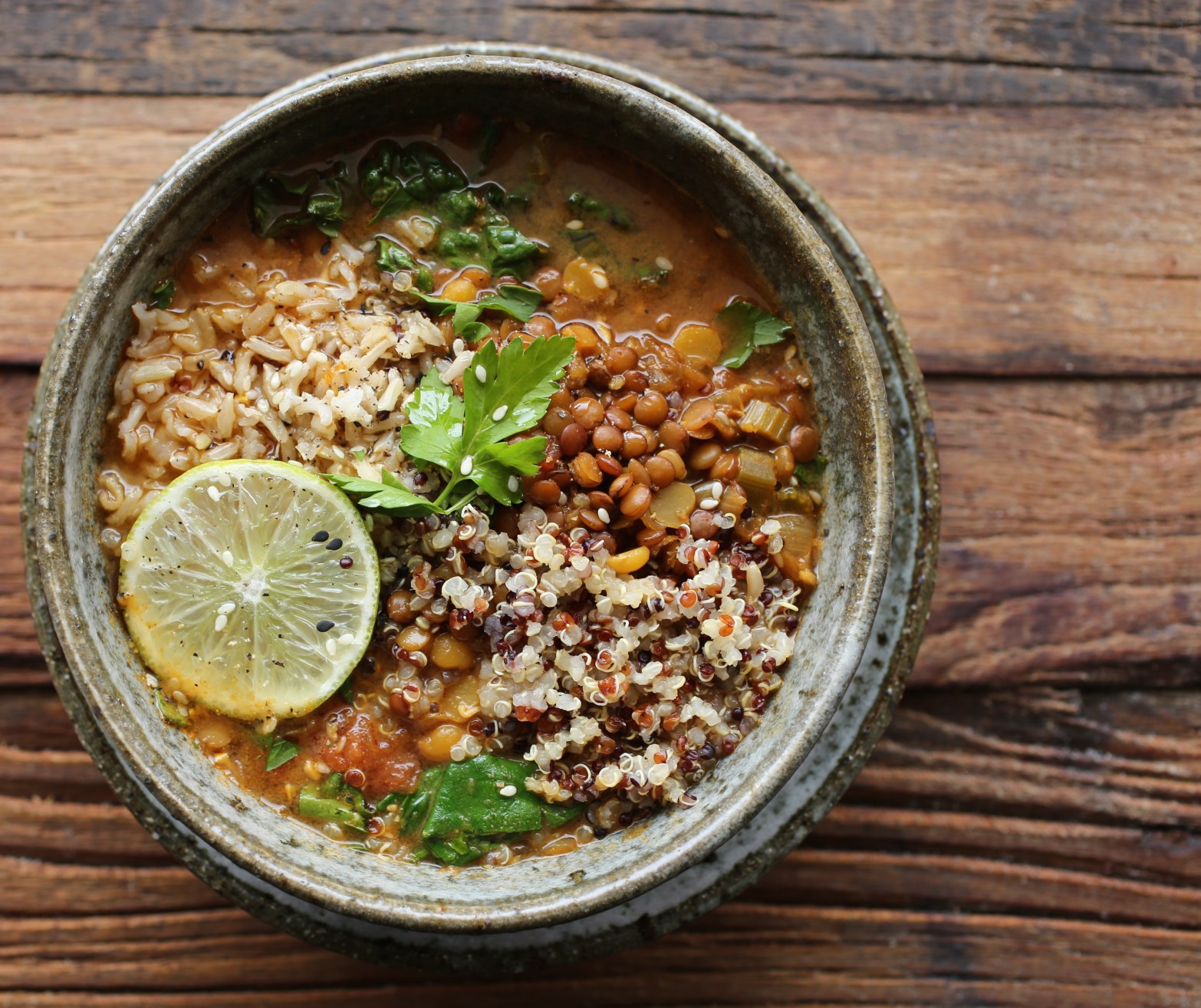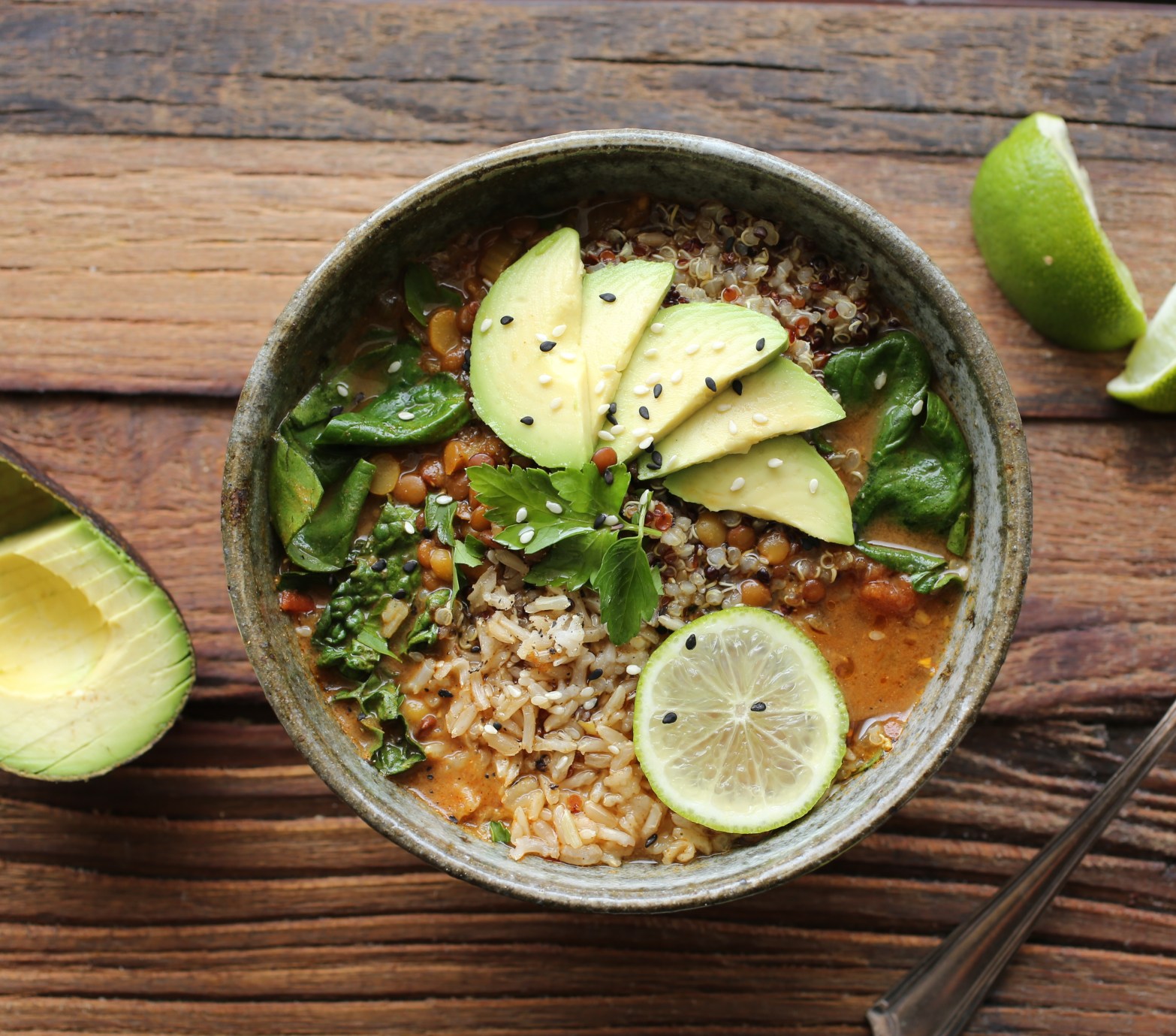If you were able to live to the age of 100 and retain the mind or body of a 30-year-old for the last 60 years of your life, which would you want? Hmm, that’s a bit hard to answer. Okay, here’s a more realistic question: What if you could live to 100 (or older) as a happy and healthy centenarian, and all you had to do was to start (now) to make a few lifestyle changes that would improve your quality of life, would you make those changes, even if they might be challenging?
There are many centenarians around the world who live happy and healthy lives. They live in locales called Blue Zones, five unique communities that have common elements of diet, lifestyle and outlook on life that have led not only to an amazing number of years lived, but also a better quality of life.
In Dan Buettner’s book, The Blue Zones, he reveals nine powerful lessons that can help put anyone on the path to a healthier and happier life. The lessons from the Blue Zones are so simple and inspiring. In preparation for our Healthy Lifestyle Challenge, I’m reposting them as a review. Below is the first of nine lessons.
Lesson One: Move Naturally
As part of their daily routine, centenarians living in the Blue Zones were found to engage in regular, low-intensity physical activity like walking, hiking and gardening.
All successful centenarians did—and do—a lot of walking almost everyday! After a hard day, walking can relieve stress, and after a meal it can aid in digestion. I’ve never been one who loves to go to the gym to get a good workout. Sure, in the past I’ve faithfully huffed and puffed through aerobics classes and while using cardio and weight machines at the gym. I’ve also done a lot of running—and injured one knee. Now, however, I prefer to incorporate physical activity into my daily routine and get my exercise without even realizing it. I try to walk a lot, I did so more when my toddler was little. I enjoyed carrying him as a baby in a wrap. Now, I realize I’ve been a bit lazy. I need to walk more, no more excuses about not being able to because of our cold weather here!
Walking is such a great activity for a variety of reasons—it’s free, always accessible and, if you walk briskly, it may have the same cardiovascular benefits as running—without being as hard on the joints. To get moving in your own personal Blue Zone, practice as much physical exertion for as many moments during the day, while doing things that are naturally part of your daily routine. Of course you should first discuss potential exercise routines with your doctor but ideally, it’s best to try to diversify daily physical movement. Include a combination of aerobic, balancing and muscle strengthening activities. In Blue Zone cultures, regular, low-intensity activities satisfy all three.
Tips and strategies to help you get moving
Inconvenience yourself.
By making life a little more challenging, you can easily add more activity to your days. Little things like taking the stairs, parking in the furthest lot, and walk instead of driving make a difference. Be prepared to use as many as these as possible: bicycle, comfortable walking shoes, rake, broom, snow shovel.
Have fun. Keep moving.
Make a list of physical activities you enjoy. Instead of exercising just for the sake of exercising, make your lifestyle more active. Walk to the store. At work, take a walking break instead of a coffee break. Build activity into your routine and lifestyle. Do what you enjoy and don’t force yourself to do things you dislike.
Walk. Walk. Walk.
Find creative ways to add more steps to your day. Take a brisk walk before breakfast or after dinner.
Make a date.
Getting out and about can be more fun with other people. Combine walking with socializing. It may be the best strategy for setting yourself up for the habit. Think about whose company you enjoy, who do you like to spend time with, and who has about the same level of physical ability.
Plant a garden.
With all the digging, planting, bending and carrying required, gardening provides frequent, low-intensity, full range of motion activity. It relieves stress and the best part is that you emerge from the season with fresh fruits and vegetables!
Enroll in a yoga class.
Aim to practice yoga at least twice a week.
Note, Blue Zone centenarians were not marathoners or exercise junkies. Instead, they moved naturally and physical activity easily became an integral part of their day. How do you incorporate physical activity into your daily routine? In preparation for an upcoming Health Challenge, over the next several days I will share all nine lessons from the Blue Zones. Won’t you join me?
Lentil-Quinoa Soup Bowl
First, there are a lot of spices in this soup bowl, but I hope that doesn’t intimidate you to try this hearty soup bowl. I was aiming for a very flavorful broth that had a lot of depth, hence the variety of spices in the mix. The soup’s aroma was out of this world and the layers of flavor were rich, pleasant and comforting. If you don’t have access to many of the spices I’ve used here, feel free to make a relatively similar broth with the seasonings you already have on hand. This lentil soup bowl—combined with quinoa, rice and greens—makes for a hearty and very satisfying meal.
Serves about 8
2 cups brown lentils, sorted and rinsed
1 onion, diced
1 cup carrots, diced
1 cup celery, diced
1 head garlic, minced
1 tablespoon ground cumin
1 tablespoon ground coriander
2 teaspoons paprika
1 teaspoon turmeric
1/2 teaspoon ground fenugreek
1/2 teaspoon asafoetida (also known as hing)
1/4-1/2 teaspoon berbere (or cayenne pepper)
2 teaspoons salt, plus more to taste
freshly ground black pepper
1 teaspoon sesame oil, plus more
2 teaspoons-1 tablespoon gochujang (red pepper paste)
1 can diced tomatoes (or fresh tomatoes when in season)
6-8 cups water
1/4 cup tamari sauce
1-2 tablespoons brown sugar, optional
4-6 tablespoons red miso
1 bunch kale, stems removed and leaves chopped small
2 cups baby spinach
limes and fresh lime juice
avocados
sesame seeds, optional
cilantro, for garnish, optional
cooked brown rice
cooked quinoa (white, red, black or a mix of them)
Sort, rinse and drain lentils. Set aside.
In a large pot over medium heat, add oil and sauté the onion, carrots, and celery for about 10 minutes. Add the garlic, cumin, coriander, paprika, turmeric, fenugreek, hinge, berbere, salt and black pepper. Add sesame oil and cook for about 2 minutes. Add gochujang and stir, then add diced tomatoes and cook for about 3-5 minutes.
Add 6 cups of water and lentils. Cover and bring to a boil. Reduce heat and simmer for about 1 hour, or until the lentils are tender. Add tamari sauce and 1 tablespoon brown sugar, if using. You should have a “brothy” soup. If the soup looks too thick, add more water. Remove some of the soup broth or use warm water to dissolve miso paste in a small bowl. Turn off heat and add miso liquid. Taste and adjust salt. Add kale, allow to soften for a couple of minutes, then add spinach.
Ladle in bowls over brown rice and quinoa. Serve with a splash of lime, a squeeze of fresh lime juice, and avocado slices. Garnish with sesame seeds and fresh cilantro. Drizzle with a little sesame oil, if you like. Sprinkle with black pepper.
Notes: I used Spanish brown lentils. They are a bit smaller than other lentils and they have thin greenish-brown or greyish skin on them, and are yellow inside. I also added a little less than a cup of yellow split peas, just because I wanted to use them up. I don’t think they added much so you can stick with just brown lentils. French lentils would also work work in this recipe.
To avoid having the greens wilt and turn brown too quickly before serving, when serving you can add a few greens to each serving bowl with the rice and quinoa. Ladle the hot broth on top.




This looks scrumptious ❤
https://aspoonfulofnature.wordpress.com/
Thanks so much!! It is quite tasty! 😊
Looks so yummy! I look forward to following your blog 😉
-April from The Thin Kitchen
Hi April, Welcome and thank you for your kind words! I hope you continue to enjoy all the upcoming posts!
This looks delicious! Going to to try it today. What size can of tomatoes should I use – small (14-15oz.) or large (29-30oz.)? Thanks!
Hi! Thanks!! So glad you like it and want to make it. I used a small (14.5oz) can of petite diced tomatoes. All the best and please let me know how it turns out for you!
Delicious recipe! I made it yesterday, modifying it as needed. I used what I had on hand, so I had to skip the asafoetida, gochujang, fenugreek, and brown rice. Excellent even without those ingredients, though I plan on making it again sometime with everything listed. Thanks for a great recipe!
So happy you tried and liked it! Thank you so much for your feedback! I’m happy you went with what you already had on hand. This recipe is quite versatile. Glad it worked out. I just posted another soup bowl, with soba noodles, today. I hope you like that one too!
Beautiful presentation, looks so warm and inviting.
Thank you Brooke, so glad this soup looks as warm and inviting as it smells and tastes! Thanks for sharing your comment.